For all of the talk I do about social, marketing, and legacy, what gets passed over is the fact that I’m a salesman at heart. Before WLTV, before VaynerMedia, before
VaynerRSE, I developed my chops and my fortune by selling stuff.
With that in mind, I’m putting out a series of pieces about sales. From my personal experiences, to “what it means to be a salesperson.” It’s something that’s really important to me, and I want to speak more about it.
Read more:
—
Pt. 1: Selling Wine
By the time I started working at my family liquor store at the age of 15 I already had a (crazy) 10 years of sales experience under my belt. A lot of people have asked me who I learned from, or where I picked up my technique, but the truth is that I was very independent about it.
I spent very little time studying what other people on the floor were doing or patterning any of my behaviors off of them. At that point I had over 50 baseball card shows under my belt, and I already thought I was a better salesman than anybody in the store.
That said, I did my homework. I’d read the back of the wine bottles and the display signs. Maybe I’d ask Dick (our head wine guy) some questions. I also spent a lot of time educating myself with industry publications like Wine Spectator. For me it was no different than reading the Beckett baseball card price guide.
I’d pay a lot of attention to how customers would sell the wine to each other. They were really good at it, too. People are more attracted to advice from someone who doesn’t have a vested interest in selling something to them, and I realized that authenticity had a lot of value. I can even remember imagining ways to come up with fake customers and take advantage of it (for the record, I never pulled that one off).
I think I’m a great salesman because I listen.
It’s behavioral. I’m hunting. I pay attention to what people do and look for patterns. I think of conversion in an emotional more than an analytical way. My style was always to ask questions:
“Hey can I help you?”
“Yeah I’m looking for some wine for a party”
I’d never just respond with a recommendation, I’d keep asking questions. I think it’s the same reason I do well on Twitter. “What kind of party are you having? Is it your boss, or someone you’re trying to impress? Because then maybe we should go in the direction of a name brand. Oh it’s just your buddies coming over for the NFL draft who only drink beer and don’t know the difference? Here’s an $8 wine that acts like a $15 wine.”
And, of course, I was hyper, so I’d speak quickly and throw out four different scenarios in a two second period. “For a party? For a boss? For Friends? For a date?”
I wasn’t asking questions in order to get permission to talk. If I wanted to talk, I would just steamroll you. The questions were there to reverse-engineer your needs and provide the insight that I could deliver on.
Here is what’s fascinating about selling wine:
1. People are intimidated by it.
2. It’s all based on stories.
3. It’s a commodity.
Sure some Pinot Noirs are better than others, but in all honesty there are very few people who can taste the difference. So now you’re in full storytelling mode. Now you’re playing on the emotions, and the stories of the vineyards and the winemakers.
As an artist — and that’s what I consider myself as a salesman — it offered me a wide canvas to paint on. The only things I really had to navigate were the ratings by the the big reviewers, but outside of that, I had free reign, so I painted a lot of pictures.



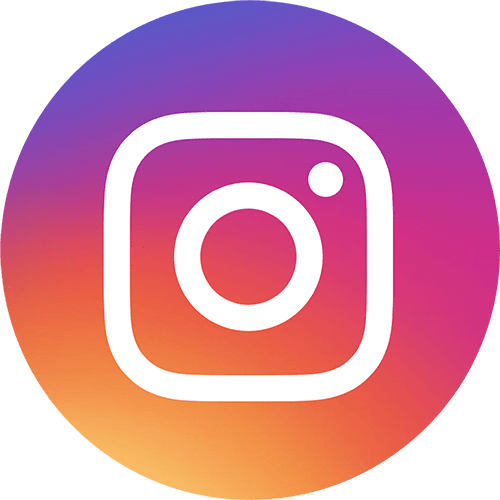

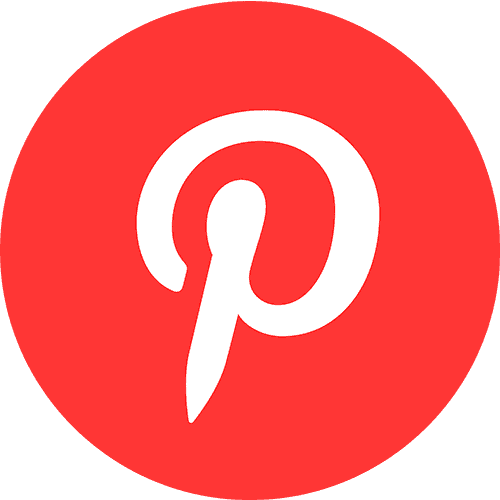


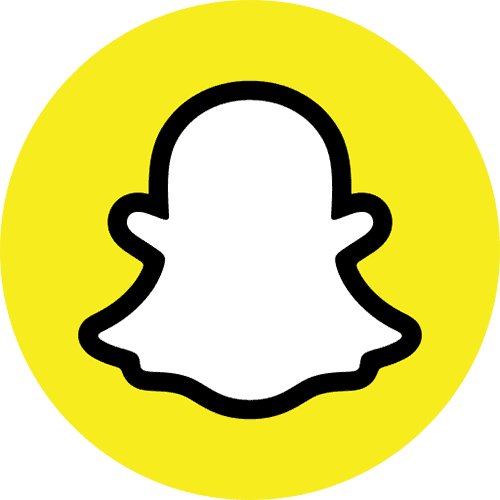
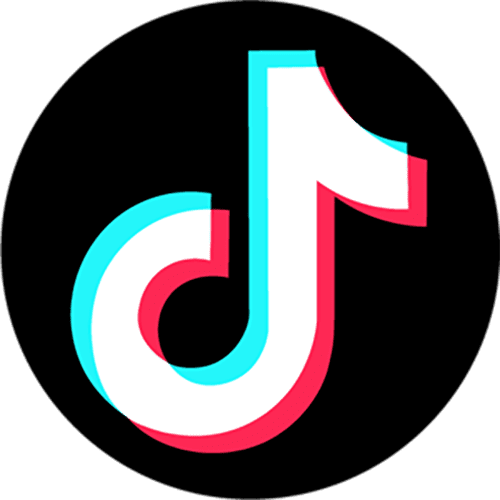
However, because the battery is part of a larger system connected to other parts of the car, a dead battery may indicate a deeper problem than simply no juice.
He was famous for the “Planet of the Apes” motion pictures and, after all, for playing Moses in “The Ten Commandments.” His three-month-previous son additionally appeared in that movie as child Moses.
SLOT GACOR Anti Rungkat Untuk Member Baru, Daftar Sekarang Juga.
Rayesports.com Rayesports – Hệ thống cá cược esports quốc tế với công nghệ mã hóa tiên tiến, bảo vệ dữ liệu người chơi và đảm bảo thanh toán chính xác, nhanh gọn. – 2025 April 01, 10:33
บาคาร่า Number 1 online baccarat right now with great promotions TX168 collects the most exciting new games here in one place. Really easy to play, lots of bonuses big giveaways, fast deposits and withdrawals, no waiting long
บาคาร่า888 Online t is a very popular card game today. Many people are looking for service providers with high standards. The website with the most players is a direct website that does not go through any agents or representatives, making it the number 1 gambling website in Thailand. With an easy-to-use website design and a fast financial system, there are also a variety of interesting promotions.
สมัครบาคาร่า tx168 is a famous camp that many people love to play online . If you are looking for a complete website in terms of reliability, convenience, and great promotions, I would like to recommend tx168, the hottest online game camp today. With a fast and convenient automatic deposit-withdrawal system, you can bet with no minimum. Even if you have only 10 baht, you can start having fun with games. Most importantly, it also comes with a refund promotion that helps players get value for every bet.
บาคาร่า168 Why choose tx168, a famous camp? Modern auto system: Reduce the hassle of transactions Valuable promotions: Refunds and bonuses that meet all game needs Credibility: Guaranteed by real players and excellent reviews tx168 is an online game camp suitable for players of all levels. Whether you are a beginner or a pro, this website has everything you need, from a fast auto deposit-withdrawal system, no minimum bets, great refund promotions, to a variety of fun games.
I love how “51 game ” combines traditional and modern games in one collection. The mix of board, card, and action games keeps things fresh. It’s perfect for casual gaming or competitive fun.
The exposure to real-world projects and internships at ams veltech gives students the practical experience they need to stand out in the competitive job market.
gacha168
lambe168
Khám phá Rbviet.net Rbviet – Nền tảng cá cược esports hiện đại, cung cấp tỷ lệ cược hấp dẫn, giao dịch an toàn và dịch vụ hỗ trợ chuyên nghiệp cho game thủ. – 2025 April 09, 11:30
Take your photography to the next level with snapseed qr code
! Get instant access to top-notch filters by scanning & applying in seconds.
Tech Zehen cloud-native development ensures scalable, secure, and high-performance applications for modern businesses.
techgues com breaks down complex topics like blockchain, IoT, and AI into easy-to-understand insights for tech lovers
This website certainly has all the information and facts I needed concerning this subject and didn’t know who to ask.
bcece online coaching is a great option for aspirants who need structured learning, expert guidance, and mock tests to improve their performance and rank.
bcece online coaching is a great option for aspirants who need structured learning, expert guidance, and mock tests to improve their performance and rank.
The buzz in this busy area never fades. People spill out of shops, buses screech to halts, and street food aromas fill the air. It’s overwhelming at times, but that chaos is part of its charm.
I didn’t realize how much I needed theAlkemites approach until I found it. This isn’t surface-level wisdom—it’s deep-rooted, heart-led, and soul-centered. Pure alchemy for mind and spirit.
whatsapp web helps you stay productive. No more phone distractions—just smooth, browser-based communication right where you’re working.
Another killer Running Post . I’ve been struggling with post-run soreness and your recovery routine gave me exactly what I needed to bounce back faster this week.
Профессиональный сервисный центр по ремонту бытовой техники с выездом на дом.
Мы предлагаем:сервис центры бытовой техники москва
Наши мастера оперативно устранят неисправности вашего устройства в сервисе или с выездом на дом!
Профессиональный сервисный центр по ремонту бытовой техники с выездом на дом.
Мы предлагаем:сервис центры бытовой техники москва
Наши мастера оперативно устранят неисправности вашего устройства в сервисе или с выездом на дом!
SnapTik is the easiest way to download high-quality TikTok videos without watermarks directly to your phone. snaptik app download is a free app lets you save your favorite TikTok clips in just a few taps – no complicated steps required! Download your favorite TikTok videos without watermarks in HD quality with SnapTik – the most reliable and completely free TikTok downloader app!
Watching polimer news has helped me stay aware of both local issues and global events which is very important in today’s connected world
Watching polimer news has helped me stay aware of both local issues and global events which is very important in today’s connected world
Very happy to read in the Eintracht news that the fans will have more access to open training sessions great move to bring the club closer to supporters
SnapTik is a third-party online tool that allows users to download TikTok videos without the watermark. It is widely used by content creators, marketers, and everyday users who want to save and repost TikTok content for various purposes.
In inspiringlilium news the company partners with green energy suppliers to ensure all charging stations for their aircraft use 100 percent renewable electricity supporting true clean transport